Editor's note: From suburban residential areas to the urban center of Ho Chi Minh City, the spirit of "every citizen is a member of the Front" is spreading strongly in every patriotic emulation movement, every model of caring for the disadvantaged, building cultural life, protecting the environment, and preserving a life of humanity.
On the eve of the new term Congress of the Vietnam Fatherland Front in Ho Chi Minh City, confidence and expectation are rekindled that the Fatherland Front will continue to be a solid bridge between the Party's will and the people's hearts, a fulcrum for the city to overcome challenges, together moving towards the aspiration for sustainable development and happiness.
With 54 ethnic groups and 11 religions present, Ho Chi Minh City is not only the largest economic center of the country but also a convergence of many cultural and religious colors. In each neighborhood, religious neighborhood, and pagoda neighborhood, the diverse rhythm of life blends into one, fostering the spirit of solidarity and sharing, becoming the foundation for the sustainable development of the city of more than 13 million people.
Religion meets life in the rhythm of urban life
“This afternoon, the temple is giving out gifts, Mrs. Dung. Remember to bring the coupon with you.” “Can I receive them for you, Mr. Tu? I will receive them for my daughter, Lua, who lives near my house.” The bustling sound echoed in alley 205, Tran Van Dang Street (Nhieu Loc Ward), in front of Bat Nha Pagoda. People were bustling, calling each other to come and receive Vu Lan gifts. Amidst the noise, Venerable Thich Minh Thien, abbot of Bat Nha Pagoda, carefully arranged each gift neatly.
Venerable Thich Minh Thien shared: “Half of this hamlet is An Phu parishioners, the other half are Buddhists and a few households do not follow any religion. But anyone in the surrounding hamlets who is in difficult circumstances can receive gifts. Every year, the pagoda distributes 3 batches, each batch of 200-300 gifts, all thanks to the cooperation of parishioners, Buddhists, and philanthropists in the alley.”
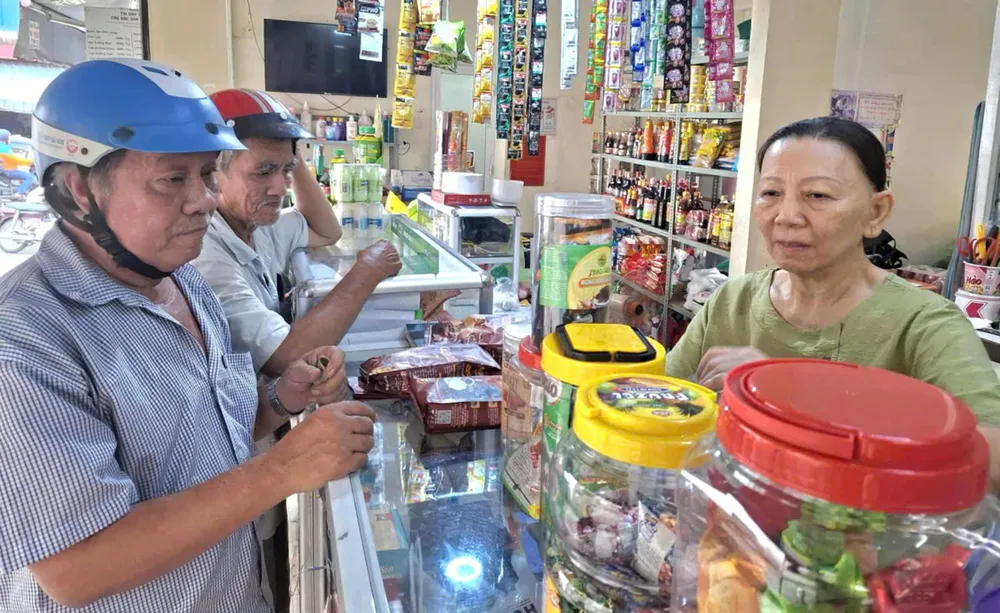
Customers of Nhan Ai grocery store are mostly kind-hearted people who contribute to Hoa Hung church to take care of disadvantaged households in the area. Photo: HOAI NAM
The friendship between the religious and pagoda neighborhoods here is still strong thanks to the bond between the two monks. Venerable Thich Minh Thien recounted that every morning of the first day of Tet, he and priest Le Hoang Chuong, parish priest of An Phu parish, knocked on each house's door to wish everyone a happy new year. At Christmas, representatives of Bat Nha pagoda and Buddhists brought flowers to congratulate the parish priest and parishioners. Conversely, on Buddha's birthday, the parish priest and parishioners went to the pagoda to give flowers and contribute to buying gifts for the poor and the disabled. These back and forth movements have become a habit in the narrow alley full of human love.
Not far away, at alley 102 To Hien Thanh street (Hoa Hung ward), a small corner at the beginning of the alley has become a familiar address of charity. The grocery store named Nhan Ai, founded by Hoa Hung church, has people coming to support every day. Some send bags of rice, boxes of noodles, bottles of cooking oil; others contribute packages of MSG, blankets or new pairs of sandals. Ms. Do Thi Hoang Thanh, in charge of the store, keeps a book and tells: The profit from the store, plus contributions from parishioners and Buddhists, are all transferred to the parish priest to organize gift distribution. Every year, 2-3 times, hundreds of gifts come to poor households in the ward and parishioners.
Along the banks of Nhieu Loc canal, there are many pagodas and hermitages. For Mrs. Tu and many people who have lived along the canal for a long time, the sound of bells and wooden fish from the pagoda has become a familiar sound in daily life. In the morning, they hear it as a reminder, and in the afternoon, passing by the pagoda, they stop by to light incense and pray for peace. Sometimes it is just some old ladies stopping by the market, or some motorbike taxi drivers stopping by at the end of the day to ask for a bottle of water. These seemingly small things gradually become habits, spiritual supports in life. Sitting on the banks of the canal, her eyes following the bustling pace of life, Mrs. Tu slowly said: Here, religion, pagodas and the canal, like a roof, nurture peace, so that people can live together in harmony and love.
Not only is there a blend of religion and life, this city also has the intersection of ethnic festivals. People along both sides of Nhieu Loc canal are familiar with the bustling days at Khmer Chantarangsay pagoda (Xuan Hoa ward). From Chol Chnam Thmay festival, Sen Dolta festival to Ooc-om-boc festival, each occasion becomes a common festival, gathering Khmer, Cham, Chinese people... and people from everywhere.
In recent years, the Ooc-om-boc festival has become more exciting with Ngo boat racing on the canal, releasing flower lanterns, worshiping the moon, feeding flat rice and many cultural, artistic and sports activities lasting for 3 days, creating a unique festival space in the heart of the city. Venerable Chau Hoai Thai, Deputy Abbot of Chantarangsay Pagoda, said: Khmer festivals are not only for Khmer Buddhists but also a gathering place for many different ethnic and religious communities...
On every occasion, Northern Buddhists at Phap Hoa Pagoda, parishioners of Xom Lach Parish, Muslims at Nurul Ehson Mosque (Phu Nhuan), and Chinese people at Chinese pagodas in the area all come to visit and join hands in organizing. Conversely, on Christmas, Ramadan or Buddha's birthday, monks of Chantarangsay Pagoda visit and congratulate Buddhists, creating an atmosphere of solidarity and friendship.
Shared aspirations
From the sound of temple bells and church bells in small alleys, to the bustling festival atmosphere of the Khmer people along the Nhieu Loc canal, religion and life, religion and ethnicity are all intertwined in the daily life of the city's people. Every act of sharing, every community festival quietly strengthens the bond of love.
According to the Department of Ethnic Minorities and Religions of Ho Chi Minh City, the merged city has a population of more than 13.6 million, of which nearly 510,000 people belong to 53 ethnic groups. The most populous communities are the Chinese, Khmer, Cham, Cho Ro; followed by the Muong, Tay, Thai, Nung, Ede... All of which create rich but very unique cultural nuances of Ho Chi Minh City.
The city currently has 11 religions with 33 state-recognized religious organizations, more than 2,970 religious establishments, 3.9 million followers (accounting for 43% of the population), along with more than 13,000 dignitaries, officials and nearly 7,000 monks. This diversity becomes the foundation for community connections. Venerable Danh Lung, Deputy Head of the Executive Committee of the Vietnam Buddhist Sangha in Ho Chi Minh City, said: The Party Committee and the city government always have timely policies, creating trust so that ethnic groups and religions can feel secure in their attachment, study and contribute.
Ho Chi Minh City today is a meeting place of diverse values harmonizing in a common symphony. Each ethnic group and religion is like a unique color, embellishing the cultural and social picture of the city. All share the same aspiration to build a civilized, modern, and humane city. It is this companionship, sharing, and solidarity that has turned diversity into strength, turned differences into complementarities, creating a city that is not only prosperous in economy but also rich in cultural and spiritual life.
Implementing the National Target Program for the Development of Ethnic Minority Areas for the 2021-2030 period according to Decision 1719 of the Prime Minister, Ho Chi Minh City (across 168 communes, wards, and special zones) has spent over 621 billion VND to invest in 113 traffic, electricity, and water works and build and repair 726 houses for people in difficulty. Thereby, contributing to promoting economic, cultural, and social development among ethnic minorities in the city.
HOAI NAM - CAM NUONG - THU HOAI
Source: https://www.sggp.org.vn/ton-giao-dan-toc-dong-hanh-voi-tphcm-bai-1-hoi-tu-da-sac-mau-post821416.html


![[Photo] Opening of the 14th Conference of the 13th Party Central Committee](https://vphoto.vietnam.vn/thumb/1200x675/vietnam/resource/IMAGE/2025/11/05/1762310995216_a5-bnd-5742-5255-jpg.webp)



![[Photo] The road connecting Dong Nai with Ho Chi Minh City is still unfinished after 5 years of construction.](https://vphoto.vietnam.vn/thumb/1200x675/vietnam/resource/IMAGE/2025/11/04/1762241675985_ndo_br_dji-20251104104418-0635-d-resize-1295-jpg.webp)
![[Photo] Panorama of the Patriotic Emulation Congress of Nhan Dan Newspaper for the period 2025-2030](https://vphoto.vietnam.vn/thumb/1200x675/vietnam/resource/IMAGE/2025/11/04/1762252775462_ndo_br_dhthiduayeuncbaond-6125-jpg.webp)




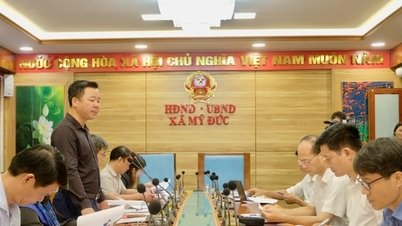

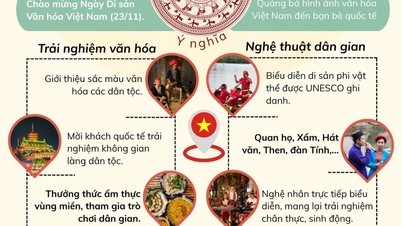



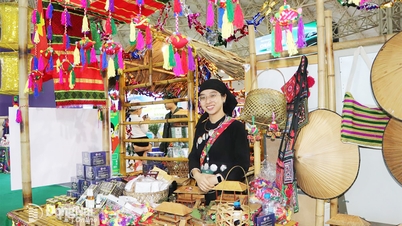



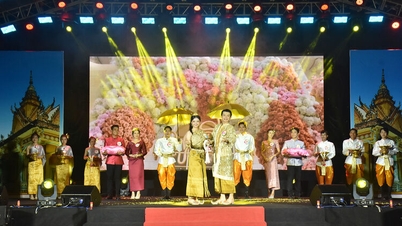










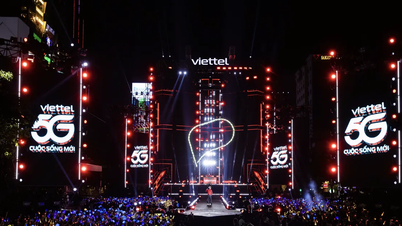


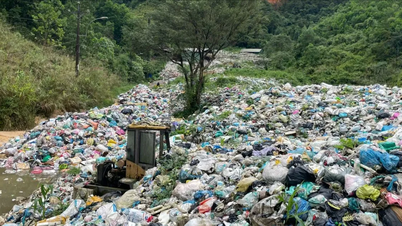




















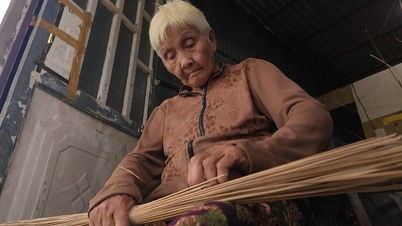















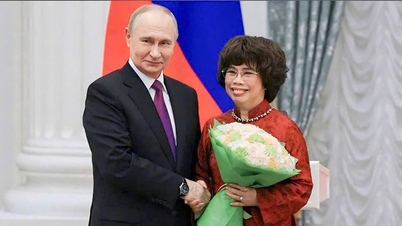
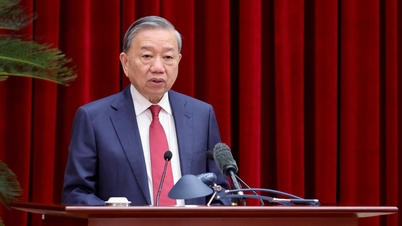





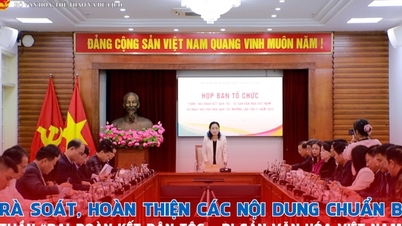
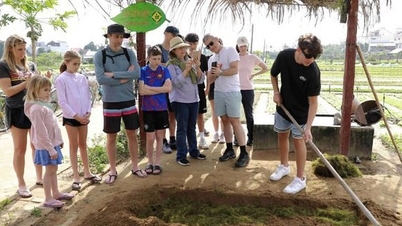








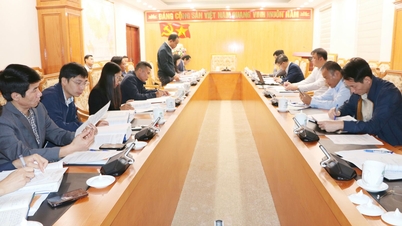













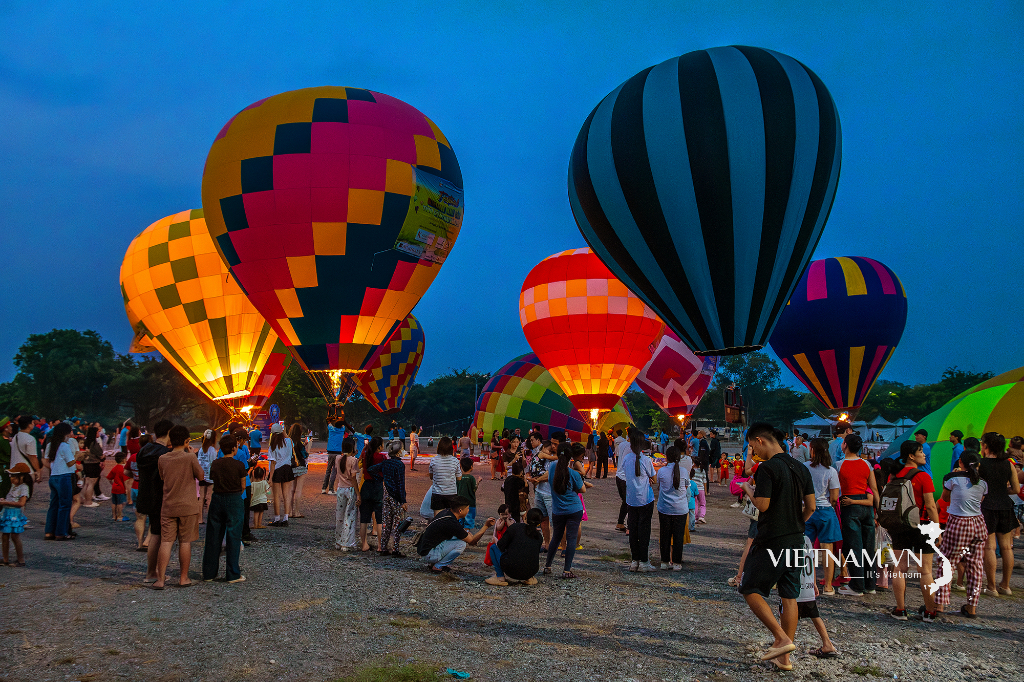



Comment (0)